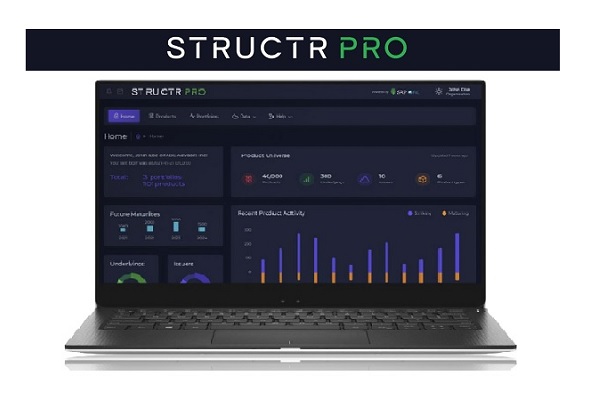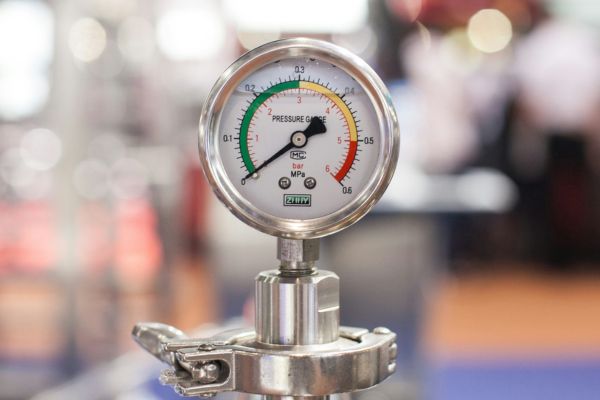Auto-calls remain popular in many structured products markets for a variety of reasons. Probably the most important of these is that their terms remain attractive in times of low interest rates and moderate volatility when neither reverse convertibles or capital protected products offer stand out returns. In addition most auto-callables do not require any market growth (measured from the initial strike date) to provide their target returns.
Properties of Auto-calls
One subtlety of auto-calls is that although their investor proposition is relatively simple the pricing and analysis most definitely are not. An adviser can easily explain that if the index or indexes are above the target level at any anniversary a fixed return is paid, if not then capital may be repaid in full but there is generally some downside risk.
However, within this structure there is a lot of hidden complexity, due to the multi time-period nature of the structure. Further subtleties are added when different underlyings are used.
Chances of calling
The first observation to make is that the chance of calling decreases substantially with each call point. This is because although the target may remain the same (for example the initial level), conditional on the fact that this target has not been reached at all previous call times, it is necessary that the underlying(s) must show an increase in value, often a substantial one. This is what reduces the chance of calling. A pair of typical single index or worst of three indexes auto-call with annual observations at the initial level would have probabilities like this:
| Call at point | 1 | 2 | 3 | 4 | 5 | 6 | No call |
| Probability for single index product | 49% | 13% | 6% | 4% | 4% | 1% | 23% |
| Probability worst of three index product | 36% | 10% | 7% | 4% | 4% | 1% | 38% |
This helps make a few things clearer. Firstly that the coupon is only realistically earned for one or two time periods, whereas the downside would persist for the whole maturity. Secondly, this product has a good chance of a positive outcome, but that a lot of risk can remain at maturity. Thirdly, improved features such as defensive (i.e. lower) call levels or a higher yield at the final time point costs little because of the low probability of success.
Underlying choices
In the UK and other markets auto-calls divide between those issued on a single underlying and those that use the “worst-of” construction. Regulators have started to examine whether such multi-asset products are appropriate in the retail space because it is a lot harder for investors to understand risk associated with more than one index or stock. Put another way, having a directional market view is a lot easier than understanding correlation risk and effects. However, worst-of products offer a much higher yield and therefore do prove tempting to issue.
The success and increased sales volume of auto-calls has also caused capacity issues for banks for risk management. Most auto-call products have very similar features and this means that the risk is aggregated over time.
Hedging
The first source of risk is gap risk around each auto-call level as the call date approaches. As each call date comes up the product will pay a fixed amount if called which will be considerable towards the end of the product lifetime. If call date is missed then the fair value of the product (considering any remaining call dates or maturity conditions) immediately drops. This gives the same risk profile as a digital product.
If a continuous series of products are issued over time (particularly in a period of flat markets) then the gap risk will be felt around the same index levels and when markets rise it will give rise to a big delta position as call dates approach.
Further risk is posed by short volatility positions at maturity with the downside condition of auto-calls, often with barrier conditions. This is similar to the risk in a reverse convertible with the added complication that the probability of the product still being alive at maturity varies during its lifetime.
Finally, many products are worst-of constructions giving rise to correlation risk between the underlyings. Since all correlations can get very high in times of market falls, this risk will also feel very additive even if the choice of stocks or indices varies in a given book.
Conclusion
In conclusion, Auto-calls remain the mainstay of many markets because of their success and appeal but the trading risks must always be considered.
Tags: Product types Private Debt Structured Edge












